33+ Juvenile Plantar Dermatosis Treatment
Web Juvenile plantar dermatosis JPD is characterised by symmetric shiny erythema along with superficial desquamation and fissuring of the weight-bearing surfaces of the feet that affects children and young adolescents with a recurring course. JPD is frequently seen in children with eczema but it is not a requirement for diagnosis.

Ways To Treat Skin Problems Found On Kids Feet And Avoid Embarrassment Youtube
Web A few of the most frequently encountered PD include tinea pedis psoriasis contact dermatitis dyshidrotic dermatitis or recurrent vesicular palmoplantar dermatitis and juvenile plantar dermatosis.
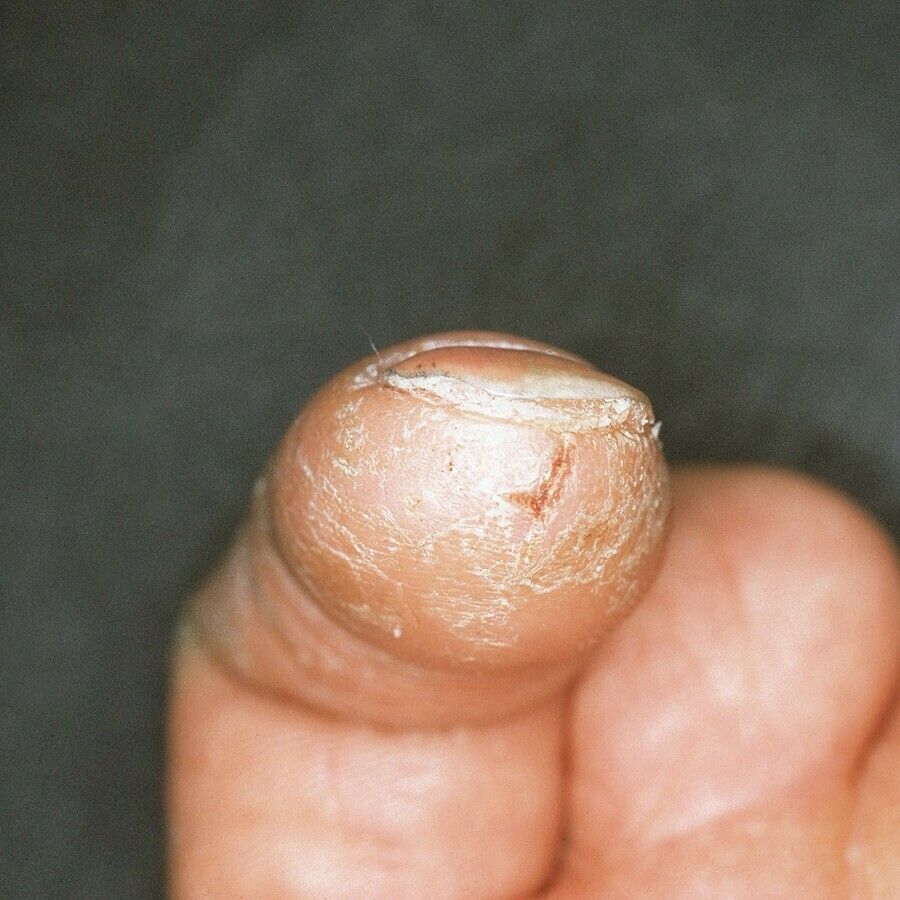
. Web Juvenile palmar-plantar dermatosis also known as sweaty-sock syndrome is a disorder commonly seen in toddlers and school-age children. The condition is more frequently encountered in atopic children with one study showing atopy in approximately 80 of affected children. Wearing two or more pairs of cotton.
This review offers practical advice for diagnosing and treating the most common PD in the primary care office. JPD is self-limiting and usually resolves by 12-16 years of age. Web Juvenile plantar dermatosis JPD also known as wet and dry foot syndrome is a skin disorder of the feet that commonly affects children from ages 314.
Forefoot and heel desquamation and mild erythema in a child. Web Overview of dermatitis eczematous dermatosesmay present with erythema dryness andor fissuring of the skin Juvenile plantar dermatosis Juvenile plantar dermatosis JPD is an eczematous disorder involving the soles typically occurring in. Web Juvenile plantar dermatosis JPD is characterized by symmetric shiny erythema along with superficial desquamation and fissuring of the weight-bearing surfaces of the feet that affects children and young adolescents with a recurring course.
PD share similar symptoms and morphology making them challenging to differentiate. Web Juvenile plantar dermatosis is a distinctive symmetrical fissuring dermatosis that affects the weight-bearing surfaces of the forefeet in prepubertal children. Apply moisturising cream containing urea or petrolatum after bath and before bed.
Web Juvenile plantar dermatosis. Their skin seems more sensitive than the skin of others and friction appears to play a role. A personal history of atopy is common.
This review offers practical advice for diagnosing and treating the most common PD in the primary care office. PD share similar symptoms and morphology making them challenging to differentiate. Fissuring may become quite extensive and can cause considerable discomfort.
A few of the most frequently encountered PD include tinea pedis. Redness shiny hyperkeratosis lamellar scaling and painful fissure formation in weight-bearing parts of the soles and toes. Boys aged 3 to 14are most commonly affected.
3222022 Plantar dermatoses PD are common occurring either spontaneously on healthy skin or developing secondarily from previously established foot disease. Web A few of the most frequently encountered PD include tinea pedis psoriasis contact dermatitis dyshidrotic dermatitis or recurrent vesicular palmoplantar dermatitis and juvenile plantar dermatosis. Dermatitis Dermatology Family Medicine Primary Health Care Psoriasis Tinea Pedis Workplace Introduction.
J Am Board Fam Med 202235435442 Keywords. Contact dermatitis in childrenhand-washers. Web The 4th edition of this best-selling quick reference provides practical and concise guidance on the recognition and treatment of more than 100 pediatric and adolescent skin conditions.
Most cutaneous dermatophyte infections limited to the epidermis can be managed with topical antifungal therapy. More than 300 full-color images aid in accurate visual diagnosis. The best method is prevention.
83078 Abstract Juvenile plantar dermatosis seems to be a new skin disease found mainly in children between 3 and 14 years old. As an example atopic dermatitis is far more common in children than in adults whereas. Web Treatment options Treatment consists of topical or systemic antifungal drugs with antidermatophyte activity algorithm 1.
This review offers practical advice for diagnosing and treating the most common PD in the primary care office. Specific types of eczematous dermatitis are more common in some age groups. Web titis and juvenile plantar dermatosis.
Web Plantar dermatoses PD are common occurring either spontaneously on healthy skin or developing secondarily from previously established foot disease. Web A very simple treatment for this condition is the use of a home foot spa in which wax is melted and the foot immersed according to the directions included with the device. Web juvenile plantar dermatosis.
Web The condition occurs primarily but not exclusively in children who have atopic dermatitis eczema asthma or hay fever. Following the wax immersion procedure the patient should apply a good lotion. It consists of chronic symmetric scaly erythema redness or rash with cracking and fissuring on the toes and soles of feet.
Web The treatment for JPD is simple to reduce the amount of wet-to-dry cycles that the feet experience. Web Publication Date. Most patients are hyperhidrotic and some are atopic.
None has fungal disease or relevant contact allergy. When the soles of the feet in children begin to crack and peel Difficulties of diagnosis Its difficult to diagnose skin conditions without the help of an expert. This can be accomplished by obtaining more breathable footwear wearing thicker more absorbent socks and by avoiding rapid drying of dampened feet.
To the feet in children who have. Web What is the treatment for juvenile plantar dermatosis. JPD can be remedied or at least controlled with this treatment.
Web Eczematous dermatoses are common representing approximately 10 to 30 percent of dermatologic consultations across different populations and ethnic groups 1-3. The main symptoms are. Wear well fitting shoes preferably leather to minimise friction.
A personal history of atopy is common. Lubricate the dry skin. Sometimes the hands also seem to be affected.
Graphic 112099 Version 30. Web Histopathic features of juvenile plantar dermatosis include uniform parakeratosis psorasiform acanthosis with focal loss of the granular cell layer spongiosis spongiotic vesiculation paranuclear vacuolization of epidermal keratinocytes and inflammatory cellular infiltrate around the acrosyringium. Juvenile plantar dermatosis is a localized desquamative scaling and fissuring dermatitis of the plantar surface seen in children most commonly between the ages of 8 and 13 years.

Juvenile Plantar Dermatosis

Juvenile Plantar Dermatosis
Sweaty Sock Syndrome In Children Advanced Foot Ankle Care Specialists
What Is Juvenile Plantar Dermatosis Quora

Swen Malte John Jeanne Duus Johansen Thomas Rustemeyer Peter Pdf Pdf World Health Organization Occupational Safety And Health
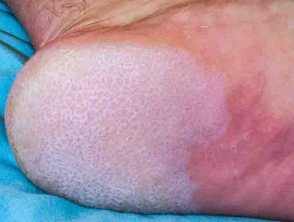
Pitted Keratolysis Symptoms Causes And Treatment Dermnet
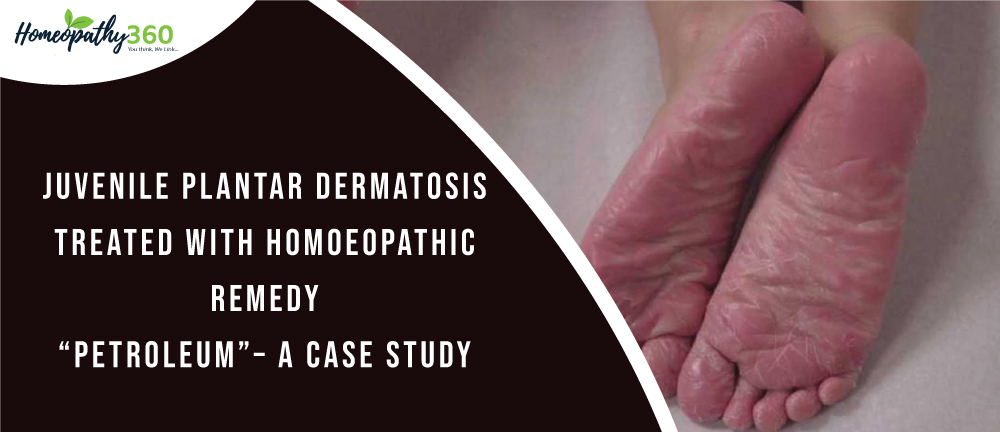
Juvenile Plantar Dermatosis Treated With Homoeopathic Remedy Petroleum A Case Study
Article

Atopic Juvenile Plantar Dermatosis Altmeyers Encyclopedia Department Dermatology
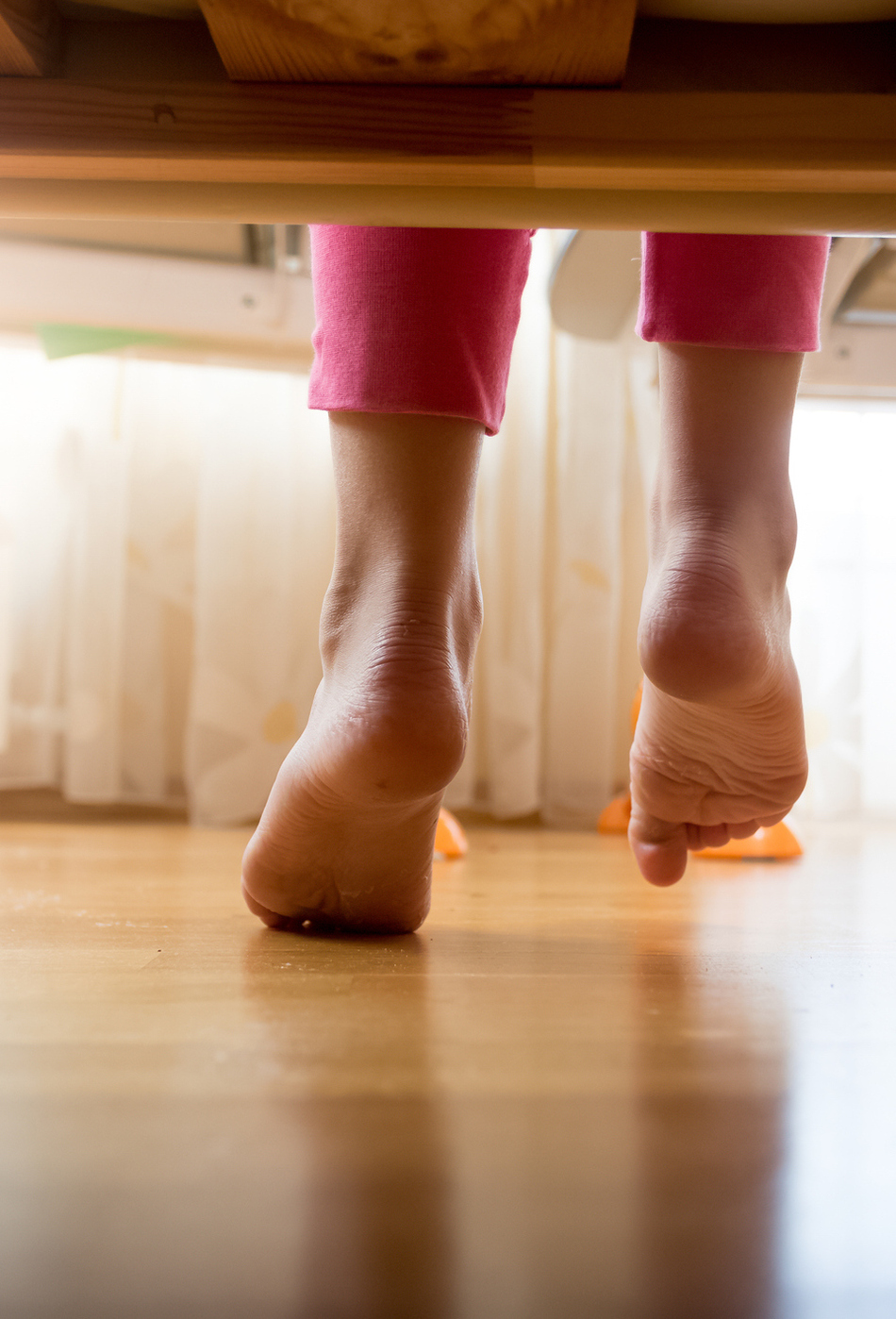
How To Treat Skin Conditions On The Foot University Of Utah Health

14 Juvenile Plantar Dermatosis Plantar Aspect Same 10 Year Old Boy Download Scientific Diagram

Juvenile Plantar Dermatosis In Child
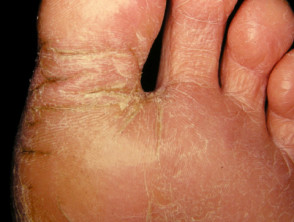
Juvenile Plantar Dermatosis Dermnet

Ways To Treat Skin Problems Found On Kids Feet And Avoid Embarrassment Youtube
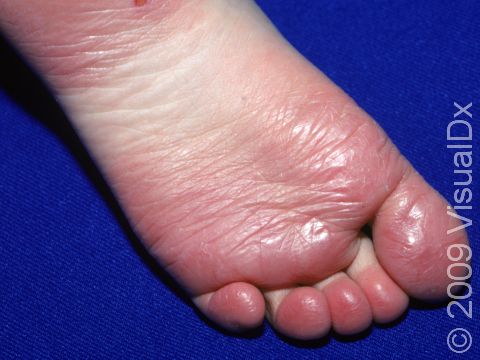
Sweaty Sock Syndrome Juvenile Plantar Dermatosis Condition Treatments And Pictures For Children Skinsight
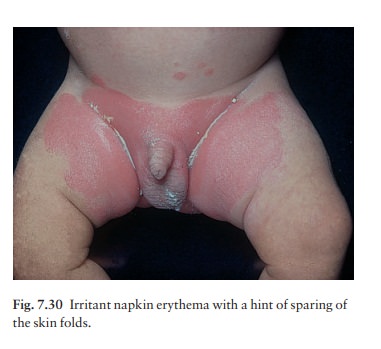
Https Encrypted Tbn0 Gstatic Com Images Q Tbn And9gctge8tk2v8azydf91yf0qwto2q2hzinvh8udw Usqp Cau

14 Juvenile Plantar Dermatosis Plantar Aspect Same 10 Year Old Boy Download Scientific Diagram